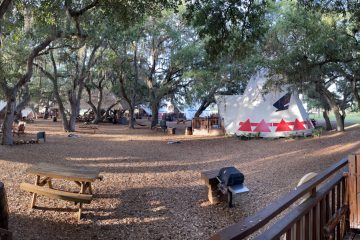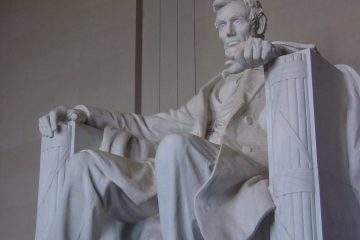Our nation’s capitol, where the power of our free nation resides. It is where history has been made, where some of our national treasures reside and a photographer’s dream. Our trip this year was going to take us to Washington, DC.
Washington DC, a walking tour
Trip Planning
When planning a trip like this, you should ask yourself several questions. Why are you going? What are you wanting to see? How long will you be there? How will you get around? Where are you going to stay?
These questions are something you should ask yourself for most any trip, even freestyle trips. And you do not have to ask them in that order. They are all related. Some answers feed others. For example, what do you want to see? You should plan how much time you want to spend in each place. You should take into account how long it might take to get in there. For example in DC, there are monuments that require tickets and those tickets have time slots. Getting those tickets takes time and you should plan that out. I would suggest making a list. I make note cards or strips of paper which can be moved around. Whether you use notecards, strips of paper or a spreadsheet, use something that can offer some flexibility.
Once you have a list of places, you may find that to see everything you want to see, it would take you a week (or more). What if you only have three days? Well, you have to trim your list. Keep in mind that you need to eat and sleep, that you may need some time to recharge your batteries, that you will need time to get from point A to point B and more. Don’t try to squeeze too much in or you might need a vacation from your vacation.
We wanted to see monuments and museums. We wanted to immerse ourselves in the DC lifestyle. To do this, we wanted a central place to stay. We knew we would be able to walk around, or take public transportation as needed. After some research, we found the Swiss Inn.
Swiss Inn
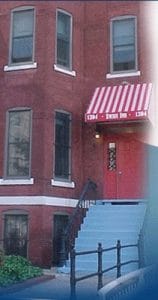
The Swiss Inn, located on Massachusetts Ave NW, offers Kitchenettes in every room. Having that would save us some money for meals. We could get things at a local grocery, make breakfast and pack our lunches. It was also centrally located too. Do you research and you can find a place like this too.
White House
There is so much to see and do in DC, and seeing the White House is definitely on the top of the list.
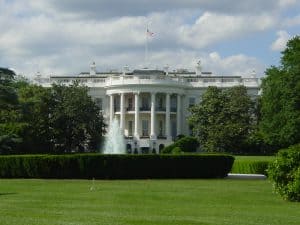
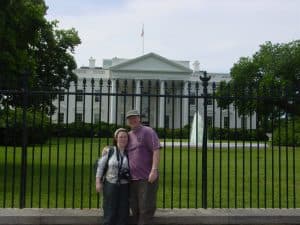
The White House is the official residence and workplace of the President of the United States. It is located at 1600 Pennsylvania Avenue NW in Washington, D.C. and has been the residence of every U.S. President since John Adams in 1800. The term is often used as a metonym for the president and his advisers.
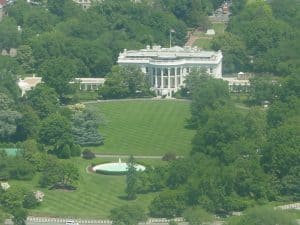 The residence was designed by Irish-born architect James Hoban in the neoclassical style. Construction took place between 1792 and 1800 using Aquia Creek sandstone painted white. When Thomas Jefferson moved into the house in 1801, he (with architect Benjamin Henry Latrobe) added low colonnades on each wing that concealed stables and storage. In 1814, during the War of 1812, the mansion was set ablaze by the British Army in the Burning of Washington, destroying the interior and charring much of the exterior. Reconstruction began almost immediately, and President James Monroe moved into the partially reconstructed Executive Residence in October 1817. Exterior construction continued with the addition of the semi-circular South portico in 1824 and the North portico in 1829. (Source)
The residence was designed by Irish-born architect James Hoban in the neoclassical style. Construction took place between 1792 and 1800 using Aquia Creek sandstone painted white. When Thomas Jefferson moved into the house in 1801, he (with architect Benjamin Henry Latrobe) added low colonnades on each wing that concealed stables and storage. In 1814, during the War of 1812, the mansion was set ablaze by the British Army in the Burning of Washington, destroying the interior and charring much of the exterior. Reconstruction began almost immediately, and President James Monroe moved into the partially reconstructed Executive Residence in October 1817. Exterior construction continued with the addition of the semi-circular South portico in 1824 and the North portico in 1829. (Source)
We did not get there in time for a tour. We walked around, taking photos. We were luck enough to get tickets for the Washington Monument, the Capitol Building, the Bureau of Engraving and Printing (BEP), and the United States Holocaust Memorial Museum.
United States Holocaust Memorial Museum
The United States Holocaust Memorial Museum (USHMM) is the United States’ official memorial to the Holocaust. Adjacent to the National Mall in Washington, D.C., the USHMM provides for the documentation, study, and interpretation of Holocaust history. It is dedicated to helping leaders and citizens of the world confront hatred, prevent genocide, promote human dignity, and strengthen democracy.
We got there in time and handed in our tickets. The museum takes you through the history of Germany, during and after World War I and into rise of the Third Reich. As we walked through the exhibits, they displayed more and more of the propaganda and hatred that was brewing. I turned to Teresa several times; I had to ask “how” or “why” or “who could/would let this happen”?
We were about three quarters of the way through the exhibit when we came into a room with the shoes of hundreds if not thousands of Jews who had been gassed in the chambers. I stopped. I felt ill and my legs felt weak. I leaned on the rail and then on Teresa. I could not go on, I did not want to see the rest of the exhibit. Teresa ended up carrying me out of there.
Memorials
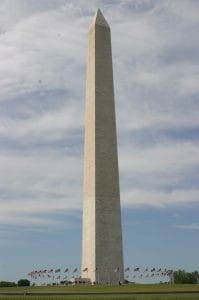
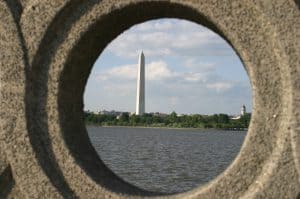 Once out of the Holocaust Museum, we took some time to rest and have a little lunch before walking through the National Mall and the Monuments.
Once out of the Holocaust Museum, we took some time to rest and have a little lunch before walking through the National Mall and the Monuments.
Indianapolis devotes more acreage than any other U.S. city to honoring our nation’s fallen, and is second only to Washington, DC, in the number of war memorials. (Source)

